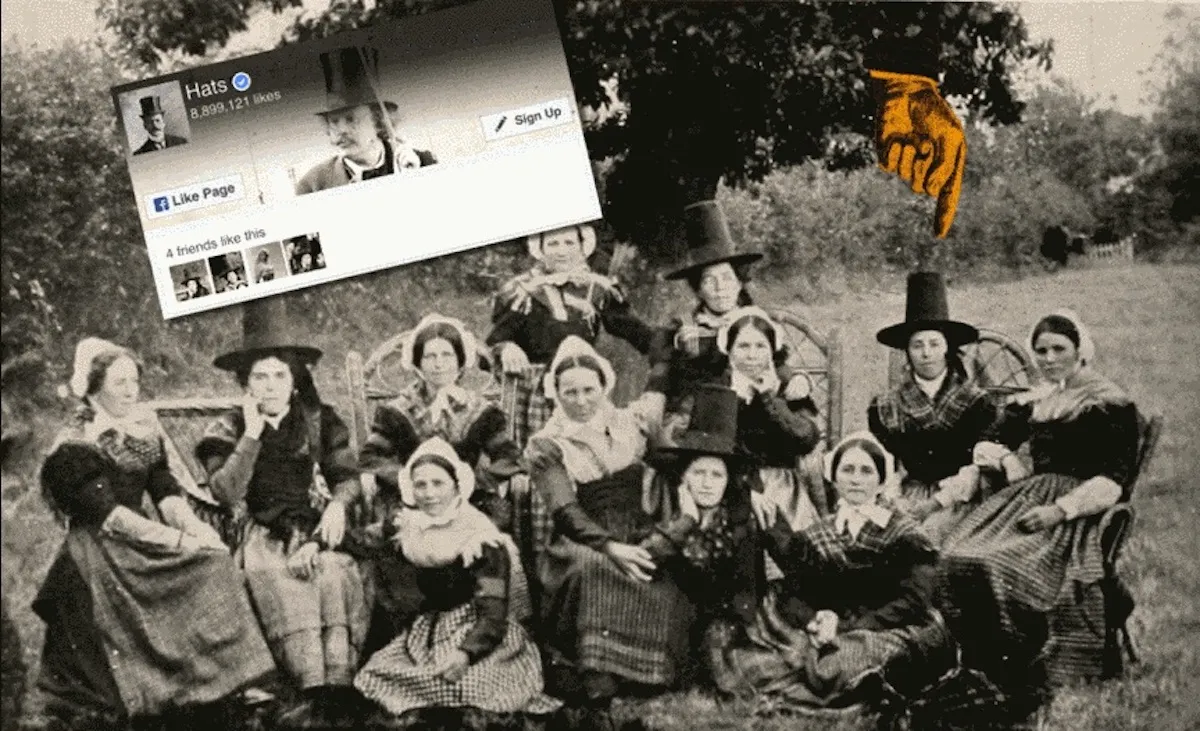
Here’s Why I Keep Insisting That Your Target Audience is Too Broad
When I ask people about their target audience, quite often the reply is “Everyone, really…” or something along those lines. For you, reading this, it probably won’t come as a surprise that that’s not very helpful.
But even experienced marketers, who are used to think in terms of target audiences, will often define their target audiences much too broadly. And when I ask them to be more specific, I get a lot of resistance.
It’s understandable. When you have a great product that you believe in, you want everyone (or at least everyone who can pay) to know about it. And you certainly don’t want to ignore lots of potential customers just because I say so.
So, I completely understand why you don’t want to narrow your target audience further.
Let me explain why I still think you should:
Your market is not your target audience
There may be a lot of people who are in the market for what you are selling. That’s awesome! No one wants to stop you from selling to them if they come knocking. But not every campaign can chase after all of them all the time. Instead, let’s start with a subset of your market, and take it from there.
You want to reach people who have a lot in common
You speak differently to your girlfriend than to her grandmother, and different still to a police officer or a middle school student. (At least I hope you do.) And if you have to speak to them all at once, that’ll affect what you say and how you say it. In other words: The more diverse your audience, the more bland and toothless your message usually becomes.
You are probably not best at everything
Some people look for speed and convenience, others go for quality, and some just want the cheapest option available. You probably can’t be best at everything all the time. You have to pick the race you can win, address the people who care about that. Ignore the rest — for now.
People aren’t all worth the same (to you)
Some people will buy quickly, they will buy often, and they will buy a lot. Others will not. Some people will get lots of value from what you are selling. Others will not. Some people require lots of follow-up and support. Others do not. Who do you want to talk to first?
You have to pay for every person you reach
Capturing people’s attention costs money, regardless of whether or not they are likely to buy anything from you. Who’s attention is worth paying for?
You want to reach everyone in your audience
If an audience is worth reaching, it is worth reaching everyone in it. Your primary audience needs to be small enough that you can pull that off (but large enough that your tactics are profitable).
You can and will have more than one target audience
It’s quite likely that you have to consider more than one audience at the time. You may still be figuring out which segment of the market will be most lucrative, you may be growing into new segments of the market, or you may be trying to attract potential investors.
However, that does not mean that you should lump them all together into one large group.
While some parts of your communication will be the same for everyone, but you can’t blindly and automatically copy and paste a single approach from audience to audience. You have to think about the message, the media and the tactics for each audience separately, and invest the appropriate time, money, and planning.
Simply put: If you try to reach too many people at the time, you’ll end up diluting both your message and your budget, and consequently your impact.
If, on the other hand, you are patient, and you prioritize your efforts where the opportunity is greatest at any given time, you will gradually, step by step, get to where you wanted to go all along.
A Norwegian version of this post first appeared on Papaya.no:
Hvorfor jeg mener målgruppen din er for bred





